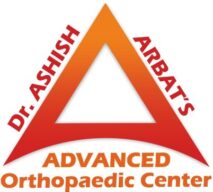Robotic Knee Replacement: Benefits and Limitations
Robotic technologies have been moving medical actions and health care for the better for decades. Now, cutting-edge robotic technology has come to knee replacement surgery. […]
Robotic technologies have been moving medical actions and health care for the better for decades. Now, cutting-edge robotic technology has come to knee replacement surgery. […]
Joint replacement surgeries are becoming more common among people who have arthritis & joint injuries to maintain their active lifestyles for longer. Joint replacement surgery […]
Joint replacement surgery has become an increasingly common procedure in recent years, relieving people who have arthritis & joint injuries. As with any surgical procedure, […]
